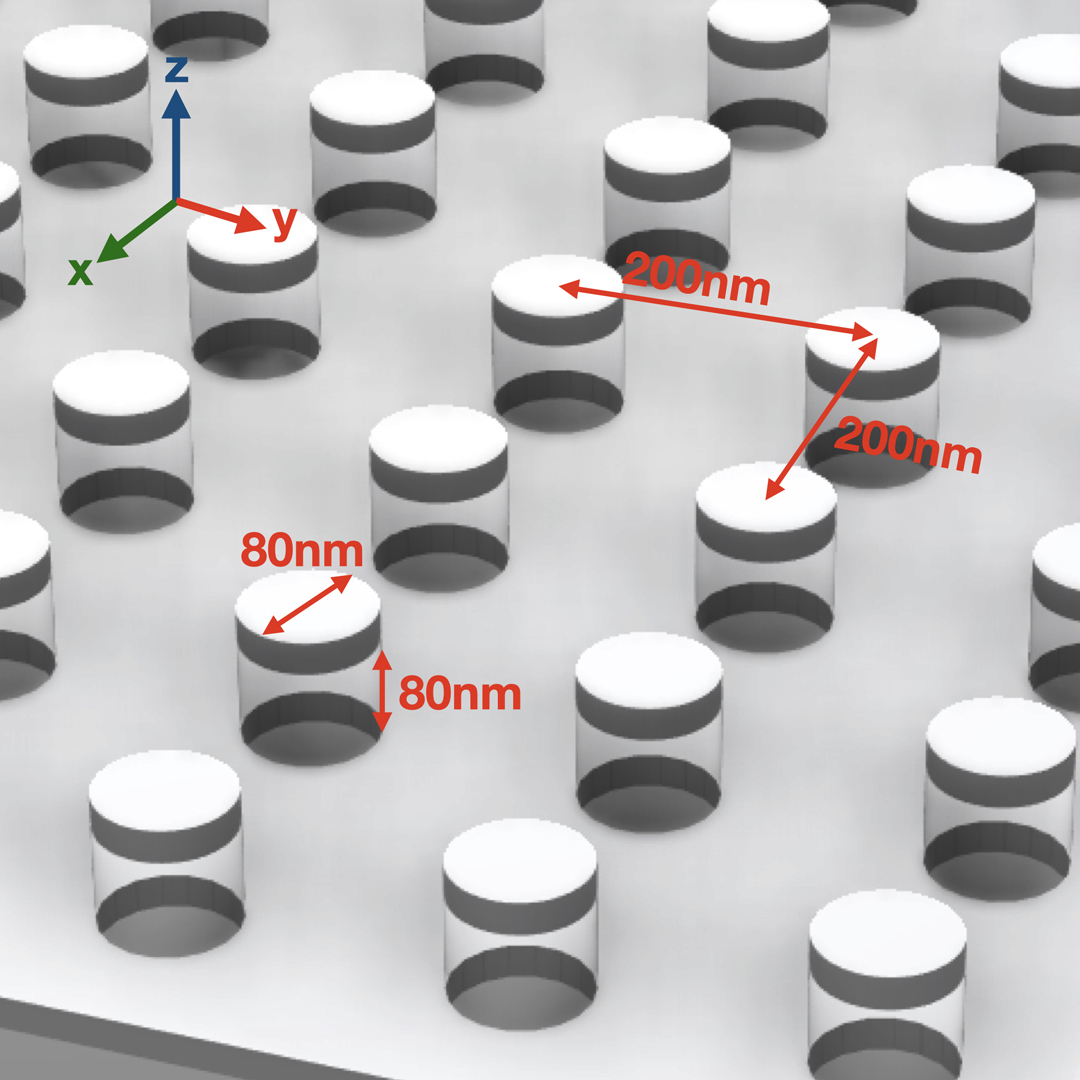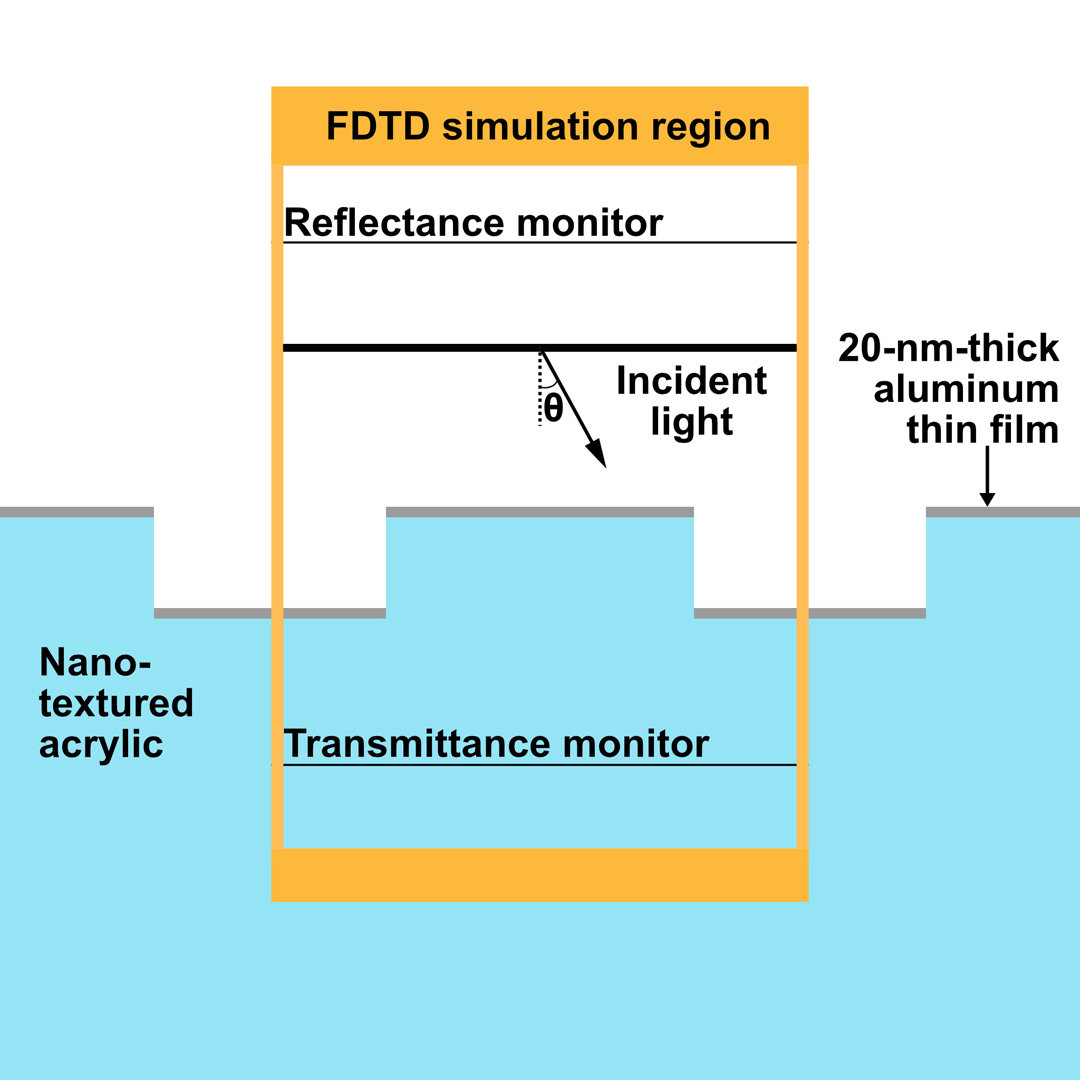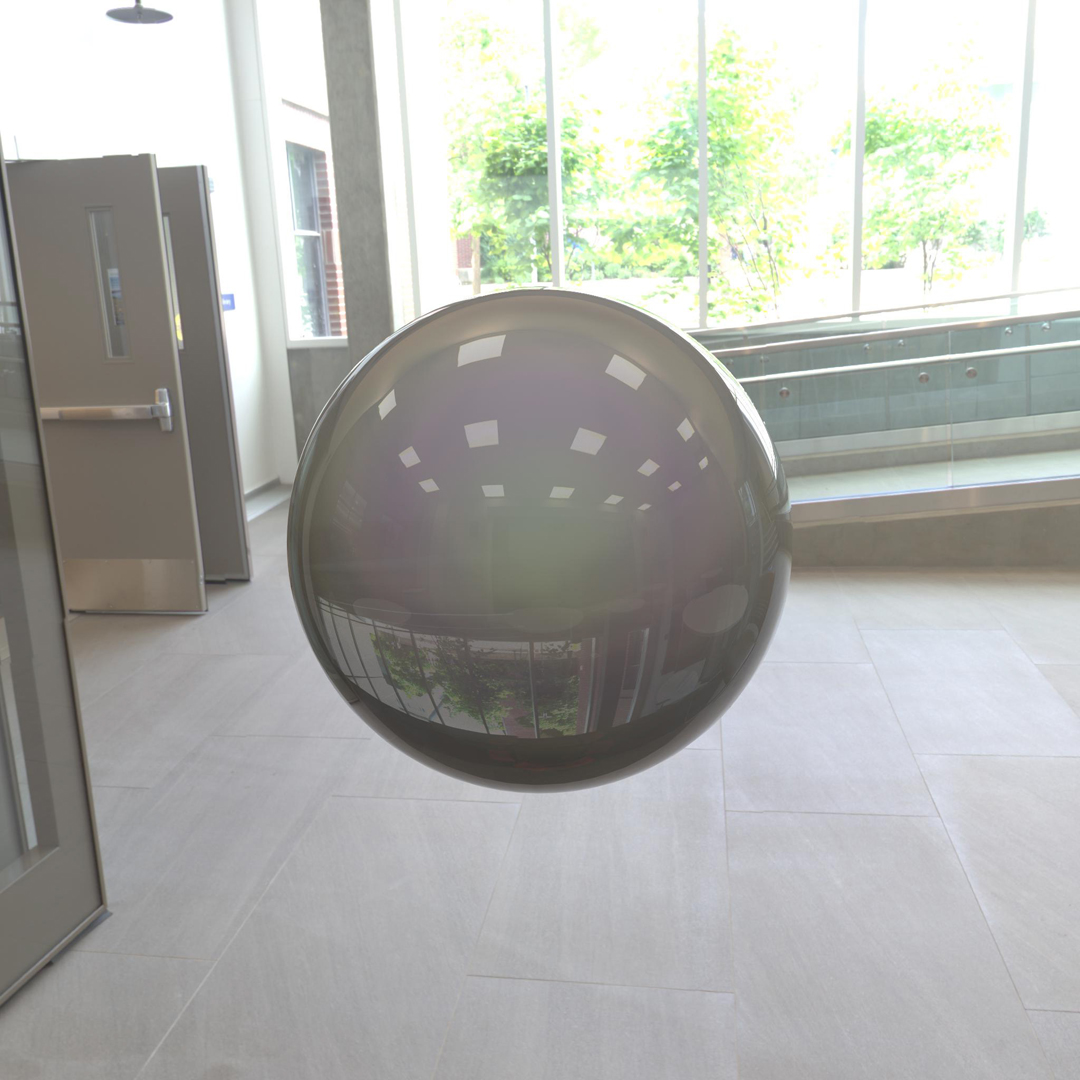“Visualization of angle-dependent plasmonic structural coloration by FDTD-simulated BSDF and ray-tracing rendering” by Loi and Chau
Conference:
Type(s):
Entry Number: 36
Title:
- Visualization of angle-dependent plasmonic structural coloration by FDTD-simulated BSDF and ray-tracing rendering
Presenter(s)/Author(s):
Abstract:
Plasmonic coloration is the structural coloration that arises from the resonant interaction between visible light and metallic nanostructures, resulting in frequency- and angular-selective scattering and/or absorption [Kristensen et al. 2017]. Structural colouration arising from plasmonic interactions is highly dependent on the configuration and composition of the nanostructure, which include the size, periodicity, and choice of materials [Clausen et al. 2014; Song et al. 2019; Zhu et al. 2017].
Computational visualization of the appearance of metallic nanostructures is not readily achieved, as their visual appearance is governed by electromagnetic interactions on sub-wavelength scales that cannot be captured by traditional ray-tracing rendering methods. Adaption of ray-tracing rendering method to describe metallic nanostructures requires new scattering models that can describe plasmonic effects, including field localization, near-field interference, and surface-bound waves. The ability to generate realistic rendered images of such materials will enable new investigations of their applications in real-world conditions, an important advancement as these materials are currently only produced in labs on small, centimetre-scale substrates.
In this work, we propose to use finite-difference time-domain (FDTD) simulations to generate bidirectional scattering (BSDF) data describing the scattering properties of metallic nanostructures at visible frequencies in a binary material database, which is then used to visualize their appearance by ray-tracing rendering. This approach contrasts with previous ray- and wave-optics models to describe the appearance of Morpho butterfly wings based on FDTD-simulated BRDF models of dielectric nanostructures [Musbach et al. 2013; Okada et al. 2013].
Keyword(s):
Additional Images:







